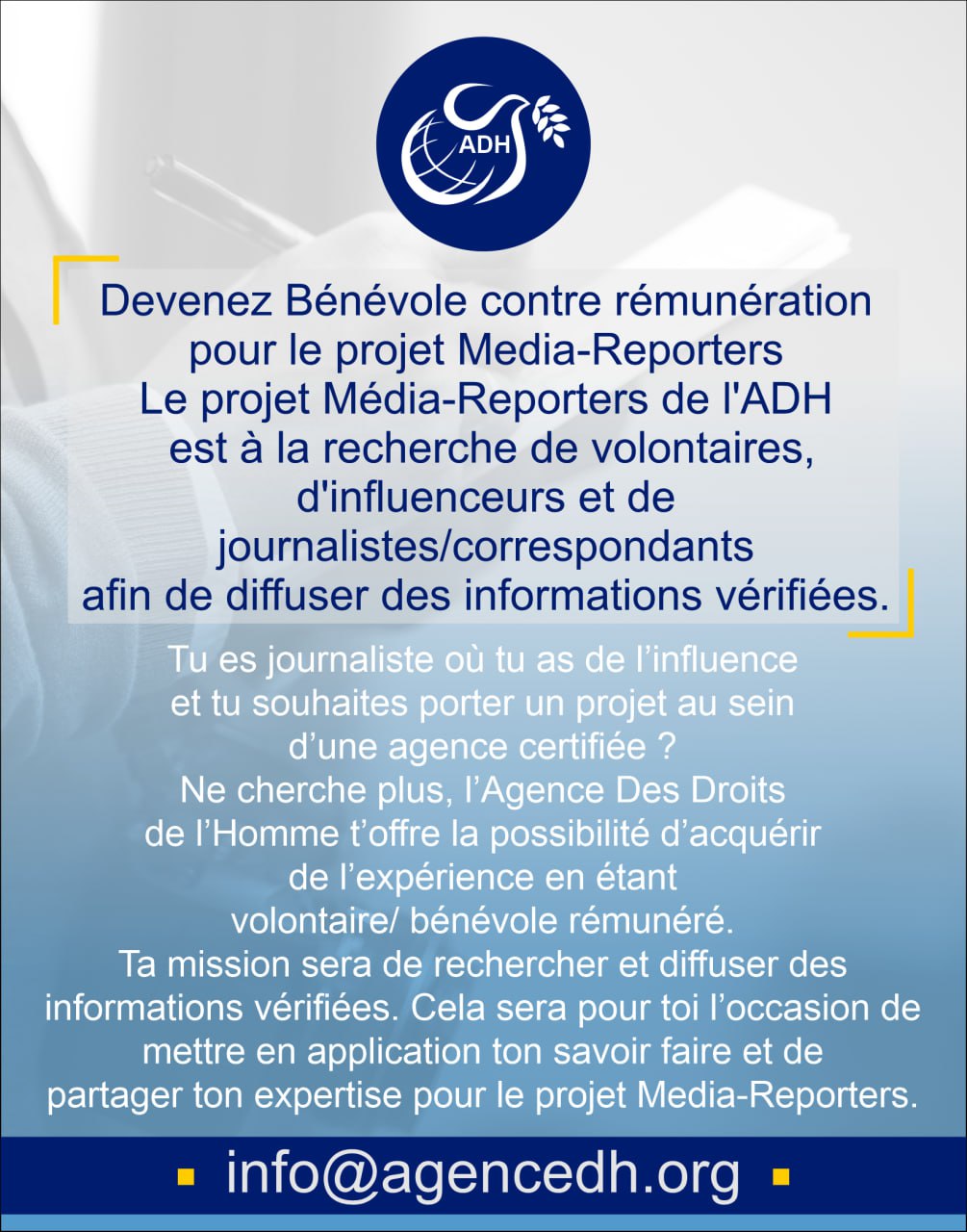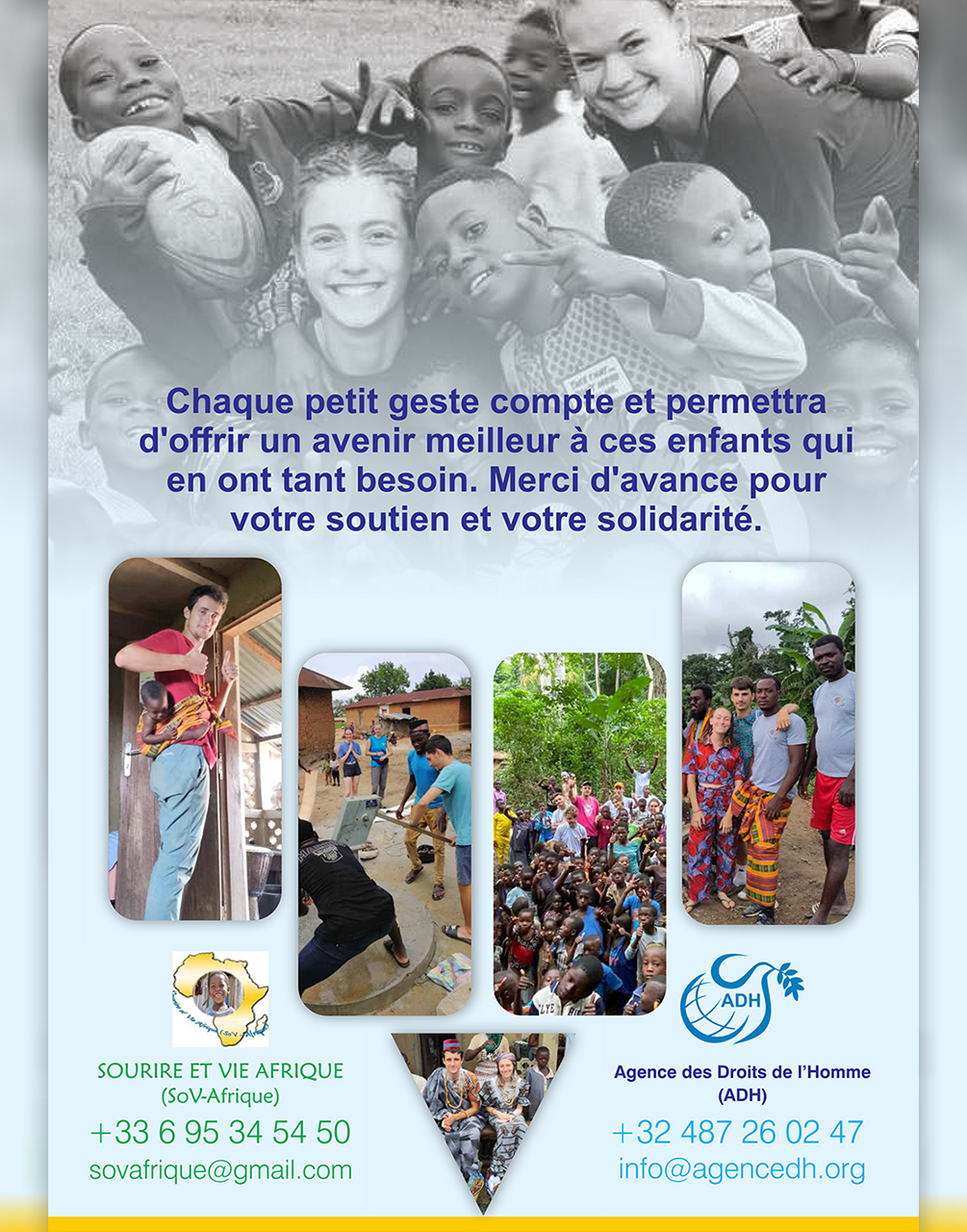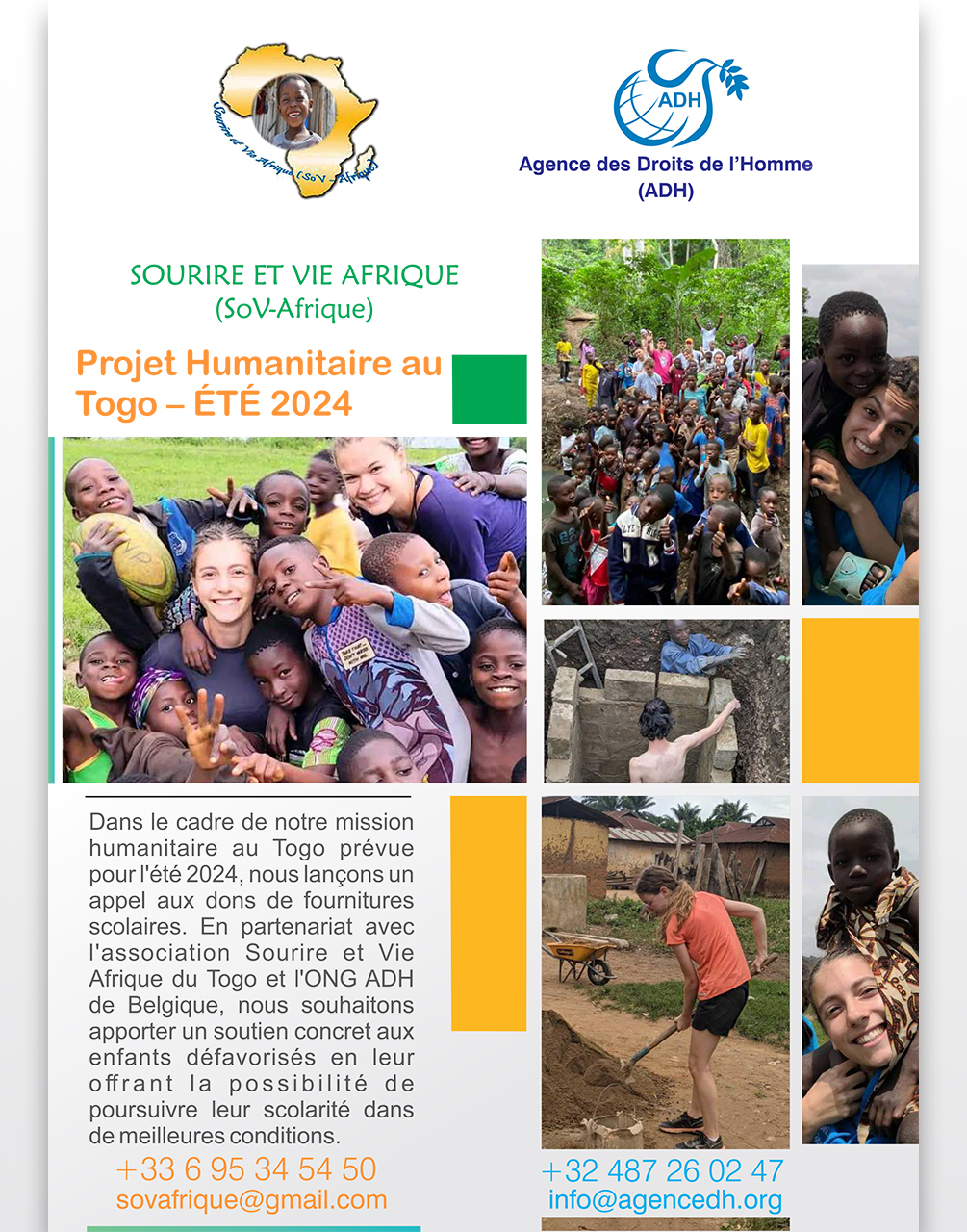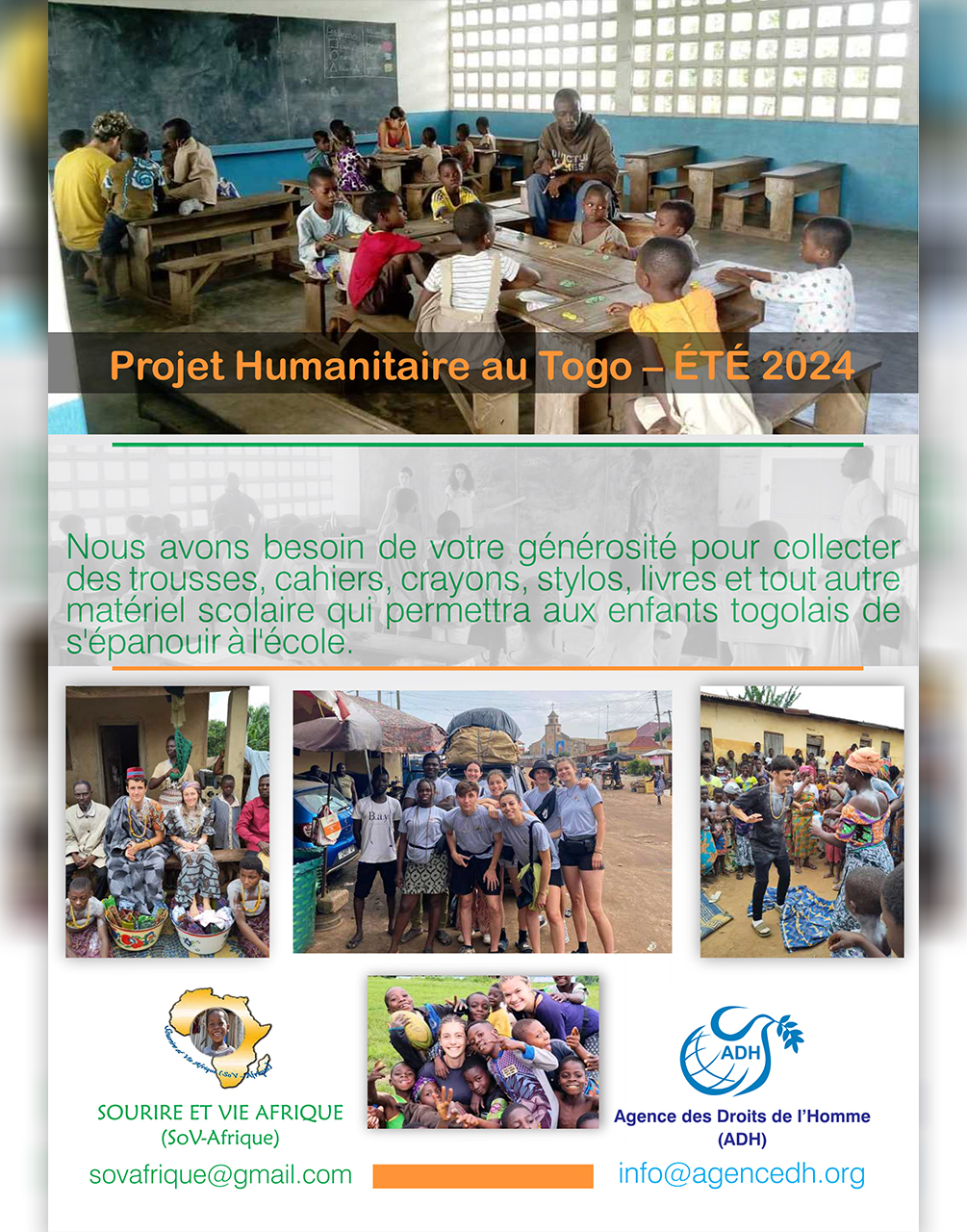Childhood cancer in Africa
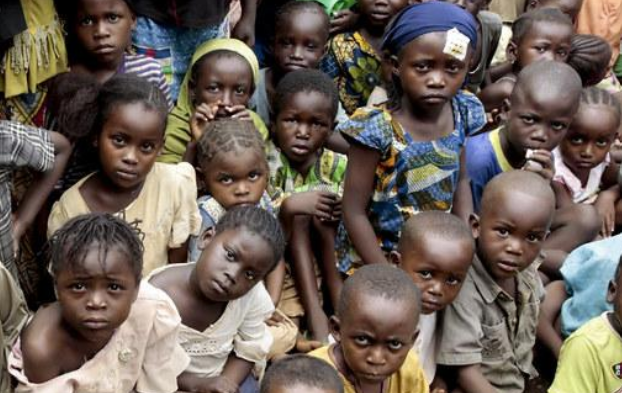
Approximately 1.1 million new cancer cases occur each year in Africa, which is expected to double by 2030, with about 700,000 deaths.
Cancer is a public health issue of major concern and a leading cause of death for children and adolescents. The likelihood of surviving a diagnosis of childhood cancer depends on the country in which the child lives, as more than 80% of children with cancer are cured in high-income countries, but less than 30% survive in many low- and middle-income countries.
Although childhood cancer is relatively rare, the incidence rate has been increasing. Based on a 2014 report by the American Cancer Society, it is now estimated that one in 408 children worldwide will be diagnosed with cancer before the age of 15. However, with early detection and treatment in pediatric oncology units, globally the survival rate can be as high as between 70% and 80%, with variance depending on the type of cancer and the region.
It is estimated that currently less than half of children with cancer in South Africa are diagnosed, and many of those who are diagnosed are in advanced stage of illness, mainly due to a lack of knowledge in parts of the health system concerning the early warning signs of childhood cancer. Approximately 1.1 million new cancer cases occur each year in Africa, which is expected to double by 2030, with about 700,000 deaths. Cancer in Africa is characterized by high mortality and the disparity between mortality rates in Africa and high-income countries (HIC) is most striking for childhood cancers with mortality rates as high as 80% compared with 20% in HICs like the USA and Canada.
Childhood cancer incidence in sub-Saharan Africa is estimated at 56.3 per million population. Current projections reveal that Africa will account for around 50% of the global childhood cancer burden by 2050, compelling expeditious efforts to confront this concern. In Africa’s pediatric population, childhood cancer has a similar disease burden to HIV, tuberculosis, and malaria, yet it receives far less attention. In 2019, the corrected mortality for childhood cancer was 59·5 per 100 000 children under 15 years, compared with 51·7 per 100 000 for malaria, 49·0 per 100 000 for tuberculosis, and 32·4 per 100 000 for HIV.
In Ghana, as an instance, about 1200 children under the age of 15 are estimated to develop cancer annually. Unlike adult cancers, 8 out of 10 children diagnosed with cancer will survive the disease if it is detected early and access to treatment and care are available. However, in resource-constrained countries like Ghana, 42% of children with cancer are accessing treatment and only 20% of children diagnosed with cancer survive.
To save lives and reduce suffering of children with cancer, the World Health Organization’s Global Initiative for Childhood Cancers (GICC) was launched in 2018. Countries such as Ghana, Senegal, Zambia, and Senegal have developed National Treatment Guidelines for childhood cancer. Twenty-five countries have developed and are using Cancer Guidelines. Such strategic actions would significantly contribute to the increase in survival rates for children with cancer in these countries.
Through such initiatives, children with common and curable cancers in sub-Saharan Africa will achieve survival rates greater than 60% in line with the vision of the Global Initiative for Childhood Cancer (GICC) launched by the World Health Organization (WHO). However, there are several serious challenges, including the low availability of population-based cancer registries, limited health promotion, inadequate access to primary prevention and early detection services, and the scarcity of diagnostic facilities that increase delays in diagnosis and treatment.
However, outcomes can be improved by greater regional collaboration to manage childhood cancer based on local resources. Although some individual countries have reached the GICC goals for single cancers, it should be possible for more African countries to guarantee the survival of more children.
References
https://siop-online.org/cancareafrica/
https://gh.bmj.com/content/6/1/e004750
https://www.tandfonline.com/doi/abs/10.1080/08880018.2022.2140860
https://www.who.int/news-room/facT-sheeTs/deTail/cancer-in-children
https://www.gov.za/ChildhoodCancerAwarenessMonth2023
https://www.afro.who.int/regional-director/speeches-messages/world-cancer-day-2023
https://www.thelancet.com/journals/lanchi/article/PIIS2352-4642(23)00132-3/abstract
https://www.afro.who.int/about-us/making-africa-healthier/beating-childhood-cancer

